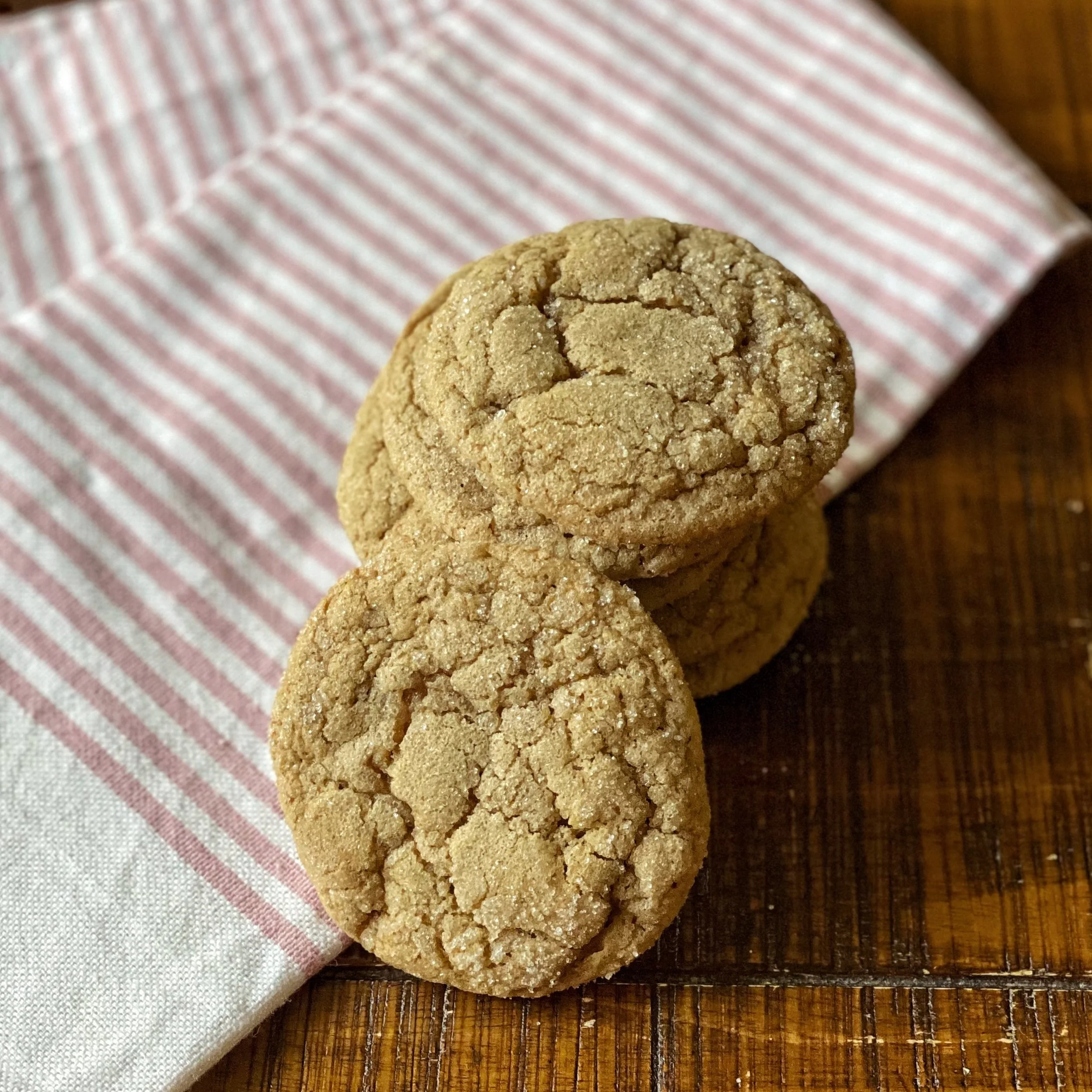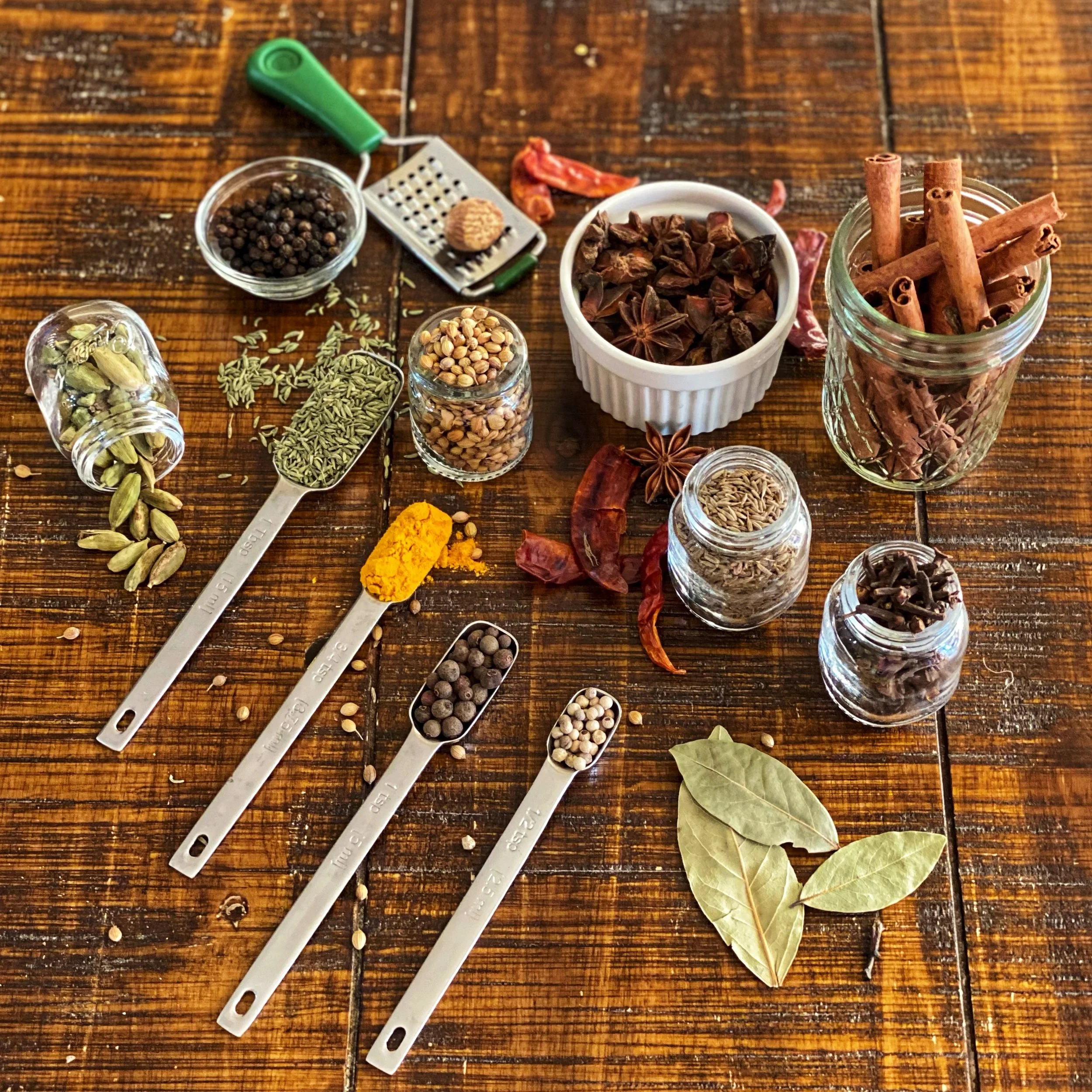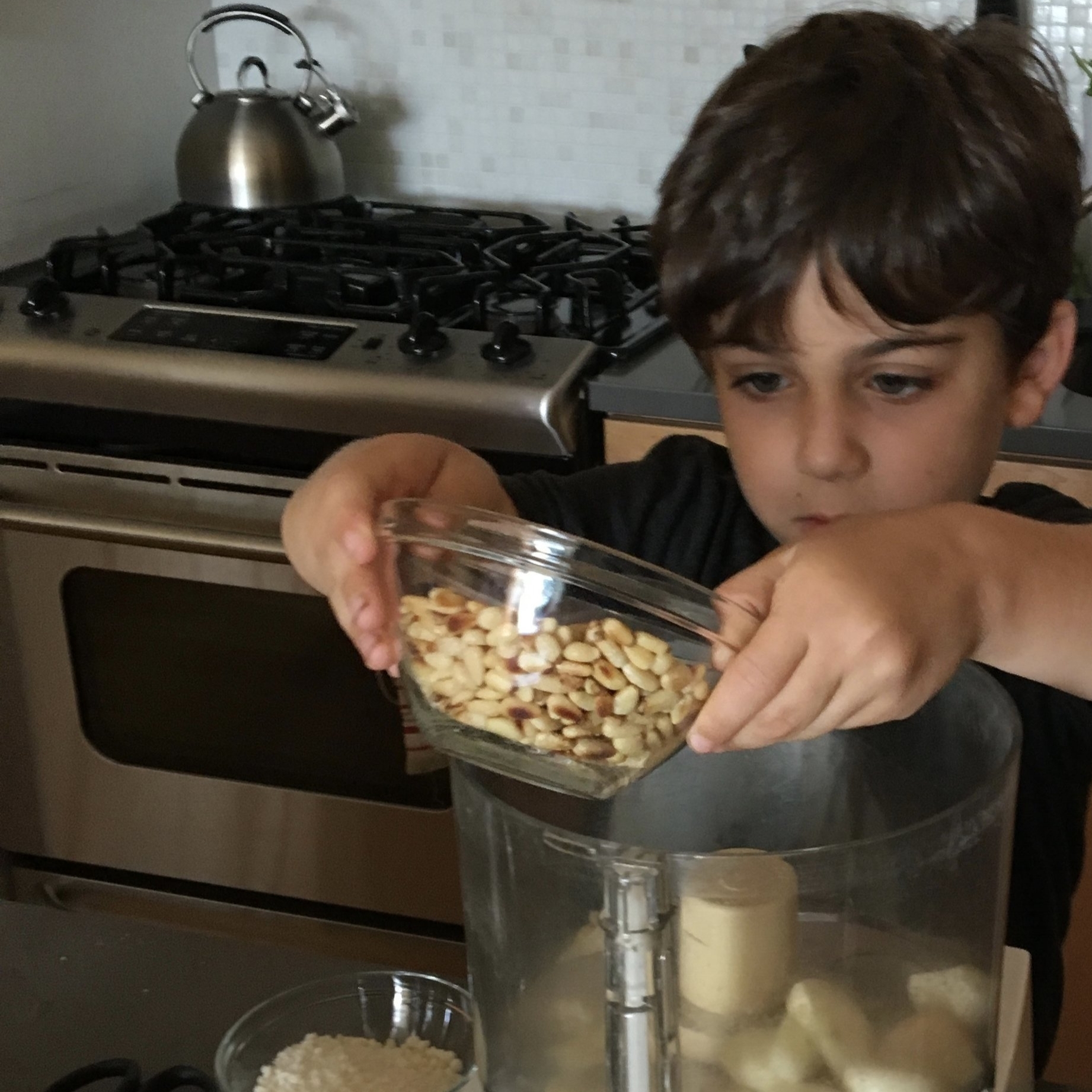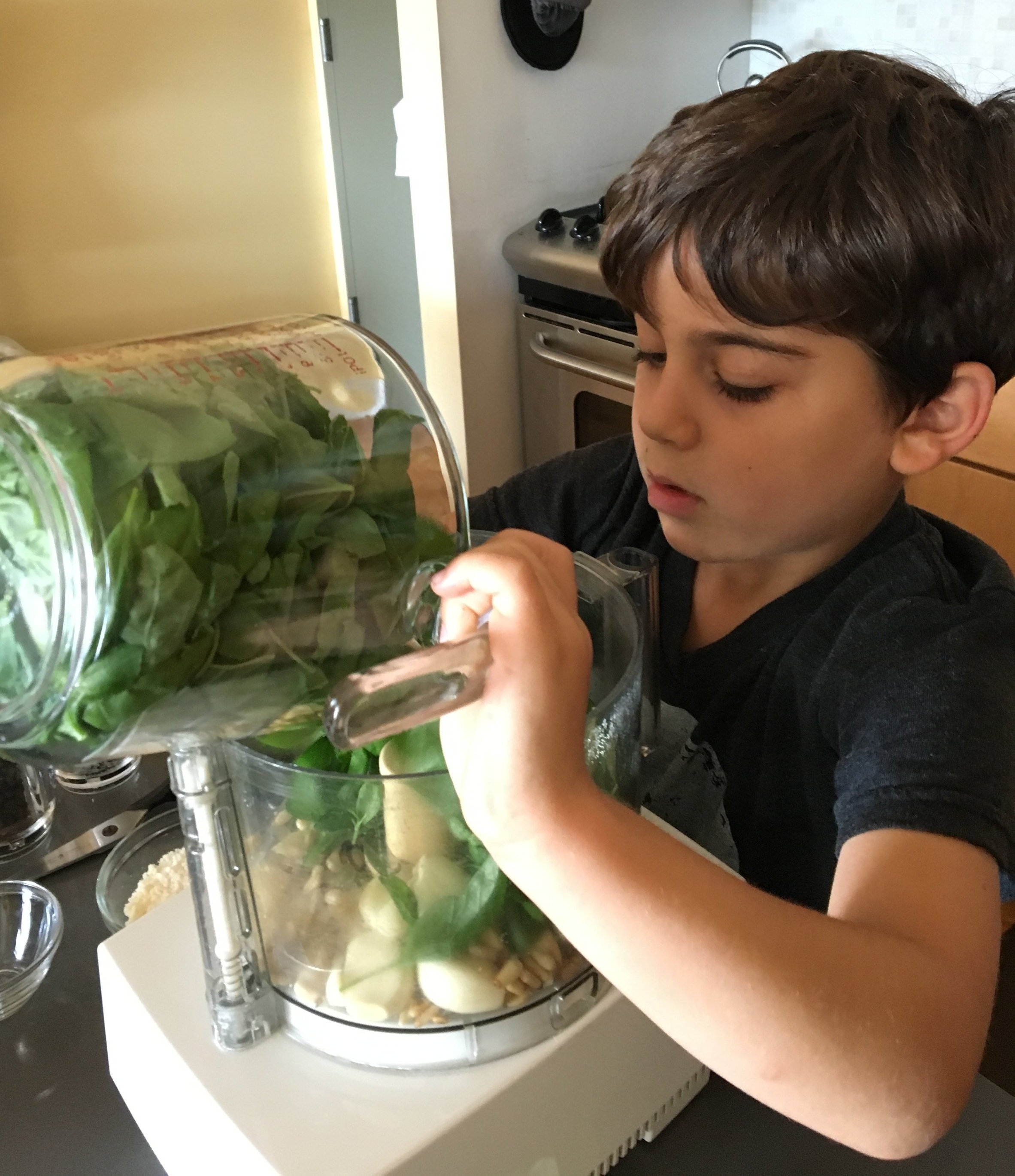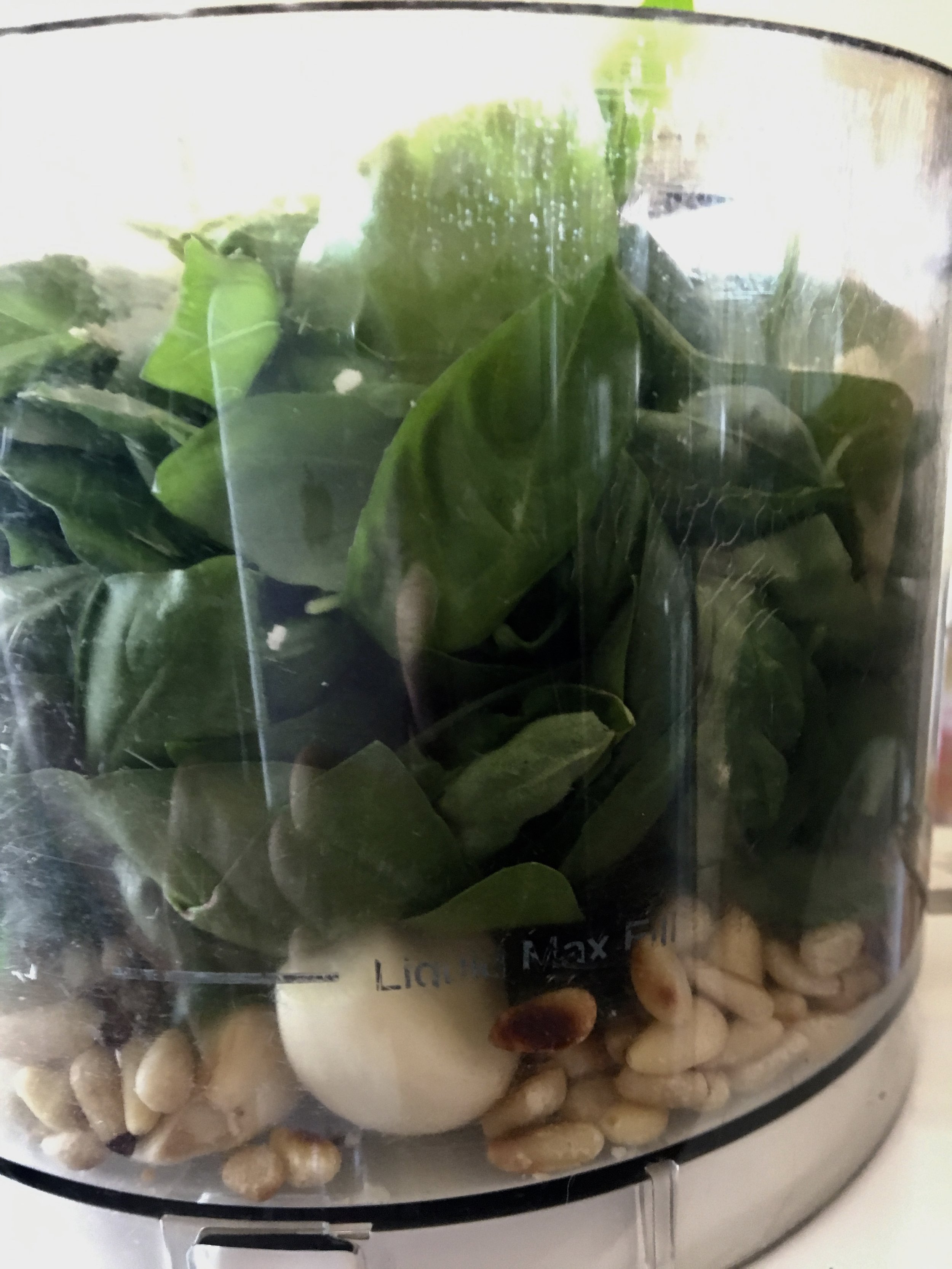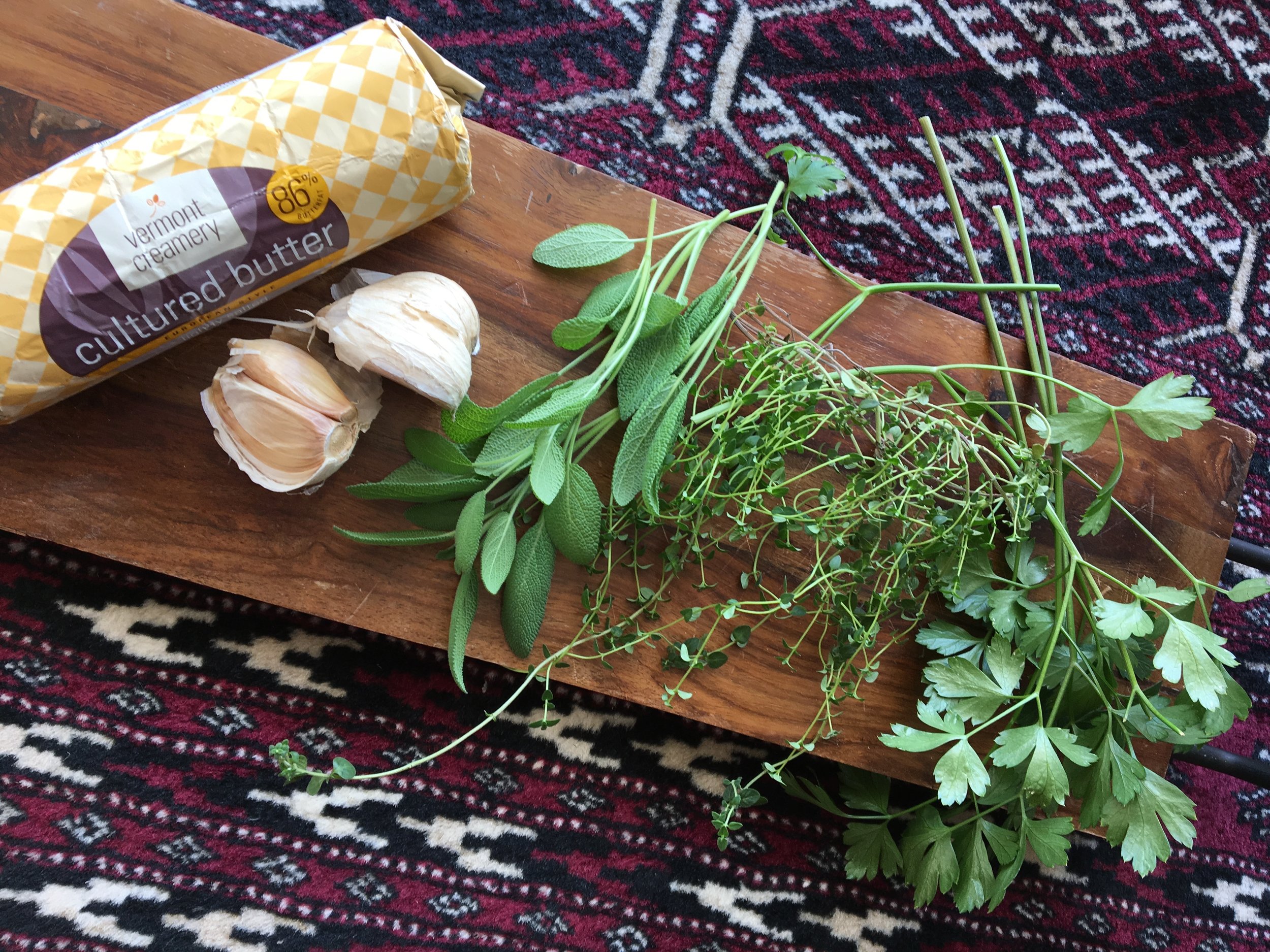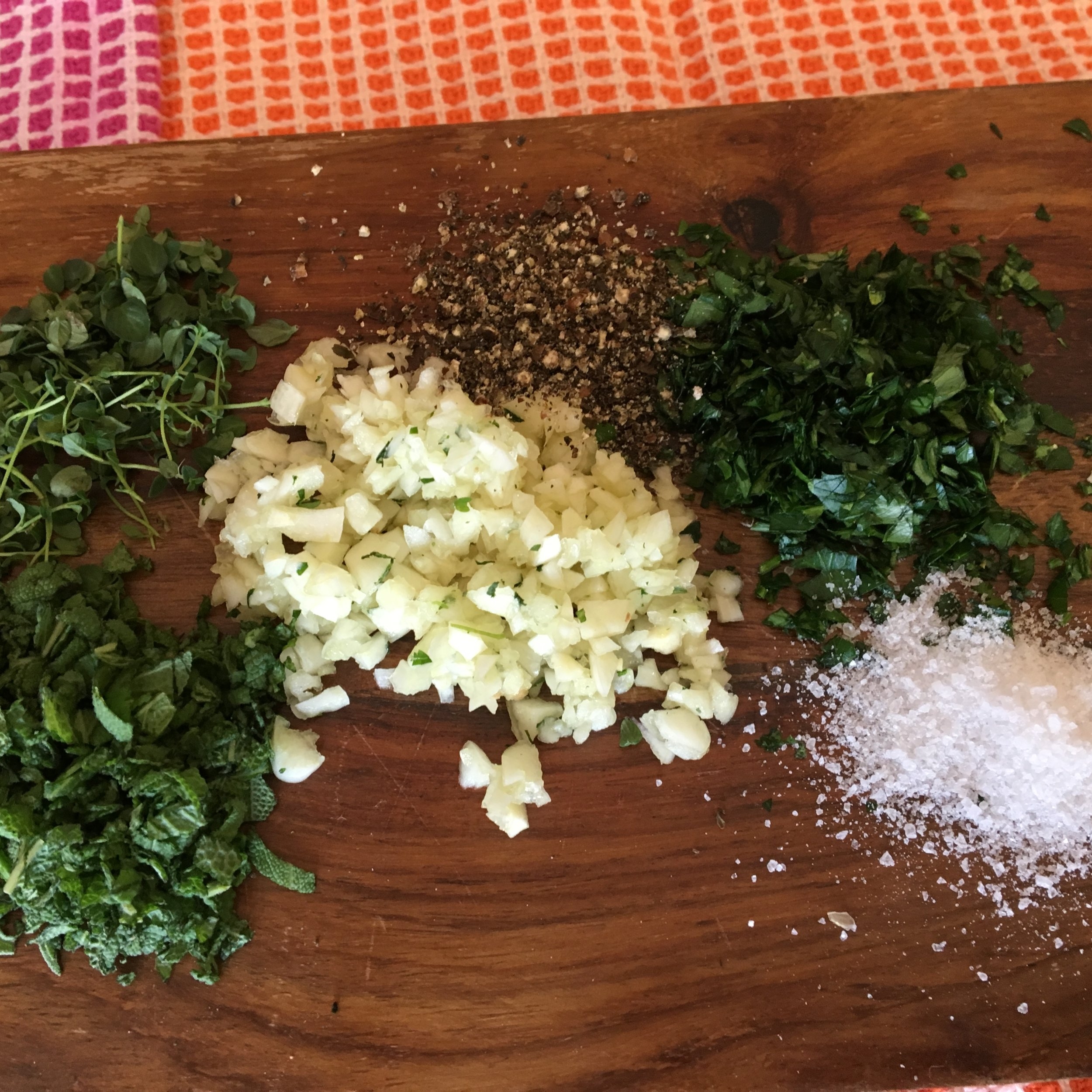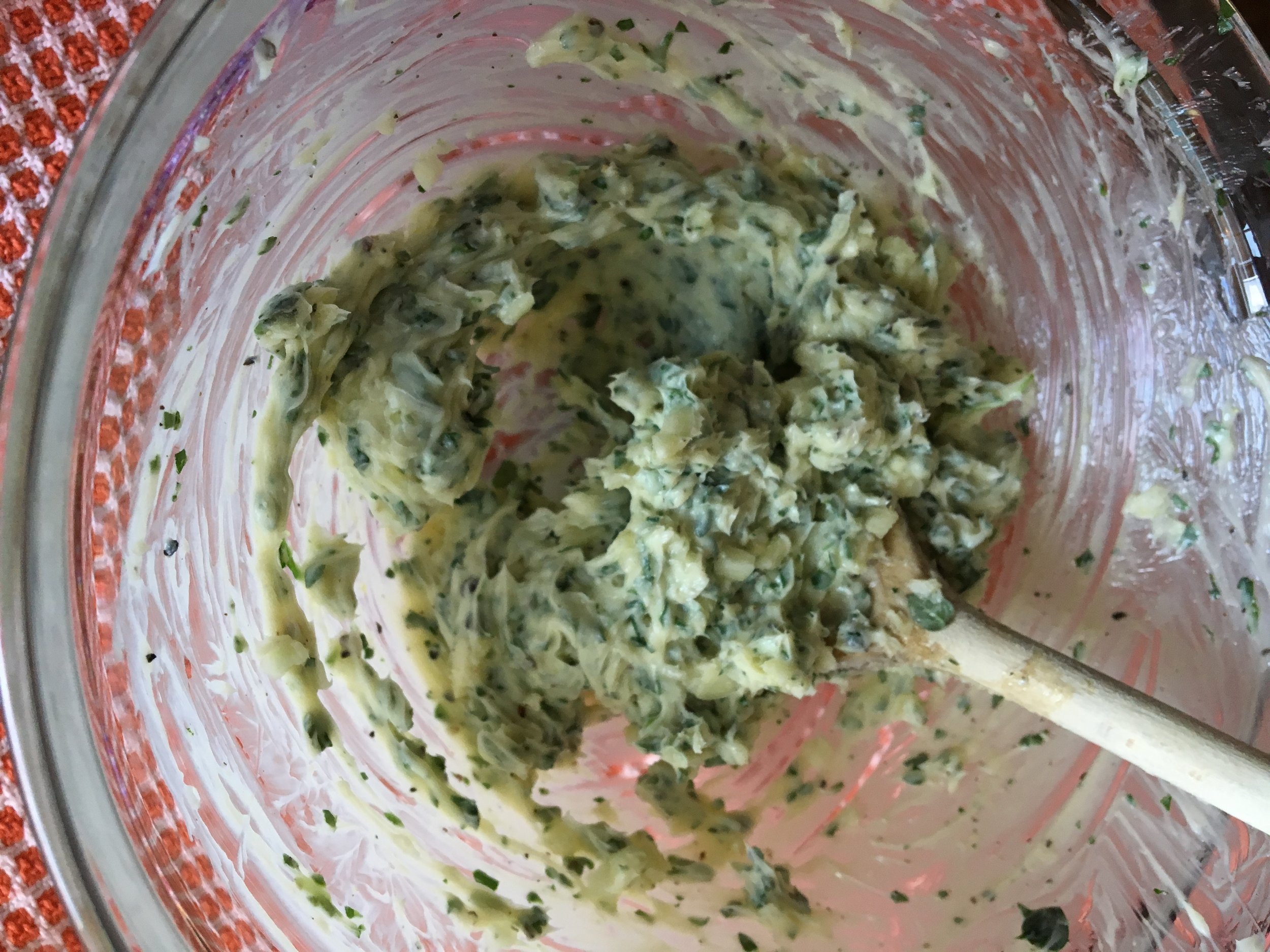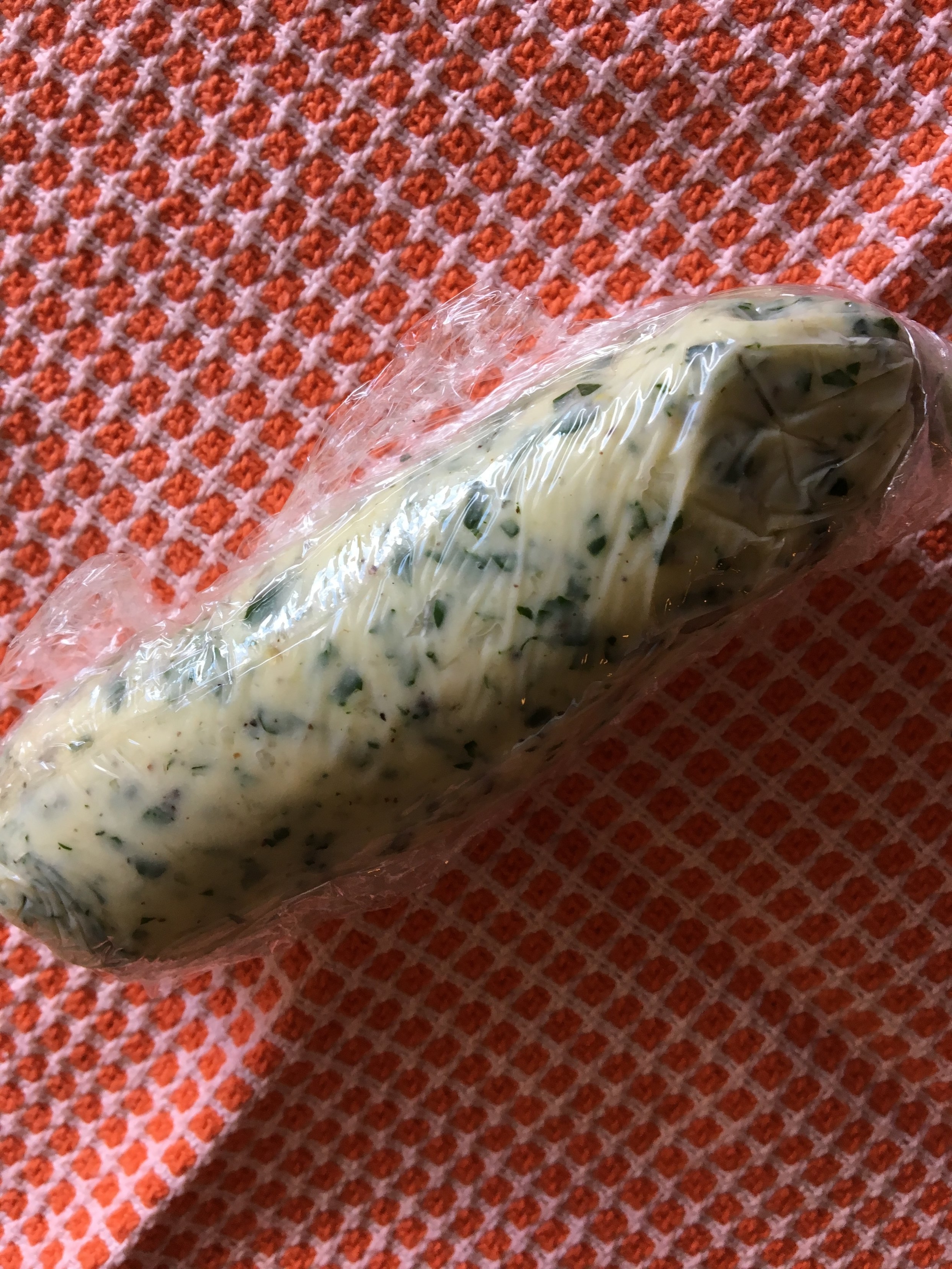Recently, I've found myself answering lots of questions -- from cooking class students, fellow CSA members, and other parents -- about radishes. So I'm delivering on an overdue recipe post promise. These tightly packed peppery spheres produce passion. Previously, I was passionately opposed to radishes, which caused me to diligently leave bunches on a certain colleague's desk (you know who you are), but then I discovered how to prepare them. At this point, we generally only make them one way, because this is how a certain 5-year-old (he knows who he is) will have it. Pickled. Which, when mentioned in my house, will provoke a high-pitched squeal and the "yummy dance." I get it. But I feel like I'm cheating for my older son's vegetable appreciation because they are probably the easiest thing I make for him.
Here's what you need:
1 bunch of radishes
1 cup or so rice wine vinegar
1 scant teaspoon of honey
1/2 teaspoon cumin seeds
1/2 teaspoon coriander seeds
Here's what you do:
One bunch of radishes usually fills a half pint jar. Use this jar to measure out the vinegar, about three-fourths full. Put that in a small pot and heat it with the honey just until the honey dissolves. While this is heating, thinly slice your radishes and pack them into your jar with the spices. Pour hot liquid over the top. Put cover on and refrigerate. These are best after one day but can be eaten in one hour or kept for weeks. I've never processed them to be shelf stable because the aforementioned 5-year-old eats the entire jar in 3 days. Warning: they smell a little funky, but taste delicious and are a great addition to toast smeared with chickpea or fresh green pea hummus, or a salad, sandwich or taco.
Maybe you're not so into pickles? Try these other great applications for your radishes.
Butter Braised: Scrub radishes, remove stems and tips. Cut into quarters. Put in a small pan and cover by an inch with water. Add a few pinches of salt. On medium-high heat, cook until nearly tender and water is mostly absorbed, adding more water if needed. Add about 3 tablespoons butter for each bunch of radishes, and cook stirring frequently until radishes are tender and slightly browned. When you add butter, you can also add your choice or dried spices or finish the dish with chopped fresh chives or parsley.
Roasted: Add cleaned, trimmed and quartered or whole radishes to a roasting pan with chicken and onions. Occasionally toss the radishes with the chicken drippings.
Potato Hash: Add diced radishes to your hash along with other root vegetables. Top with runny eggs.
Slaw: Shred or julienne radishes and combined with shredded cabbage, carrots and/or cucumbers and dress with a light citrus vinaigrette.
Tip: for stable cutting of a radish or other vegetable with a rounded edge, slice off a tiny piece on one side to create a flat surface for your sphere to rest on your cutting board.



